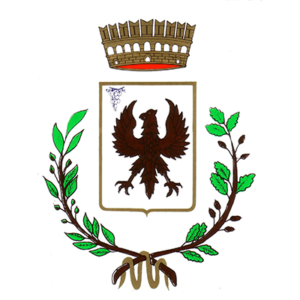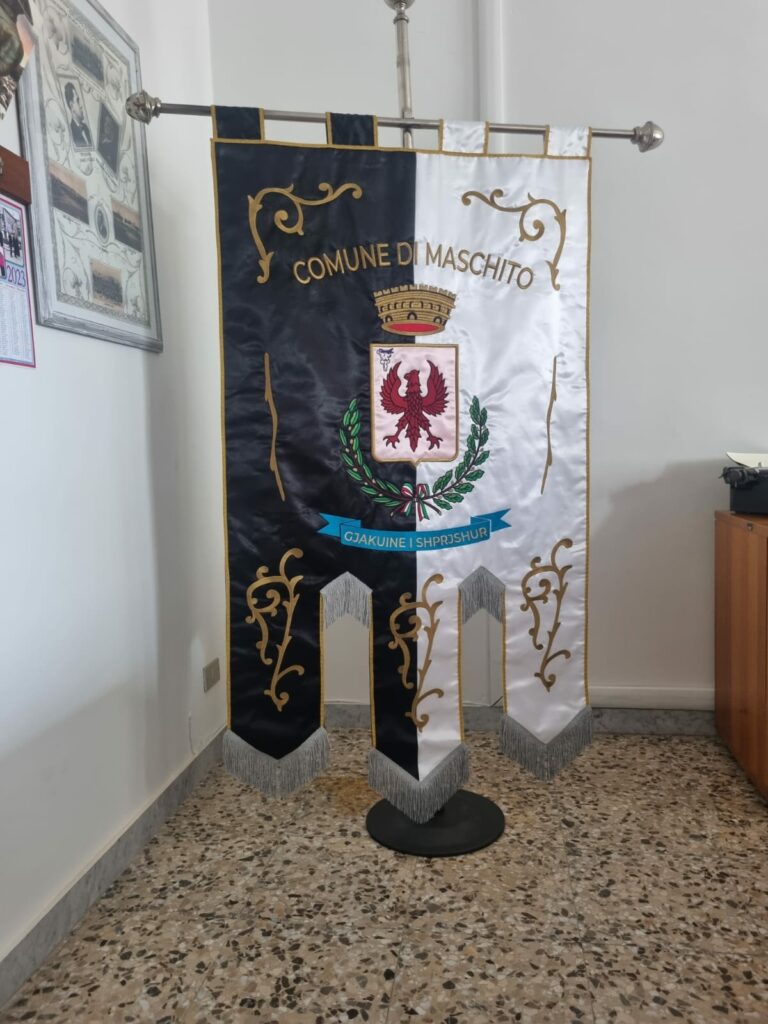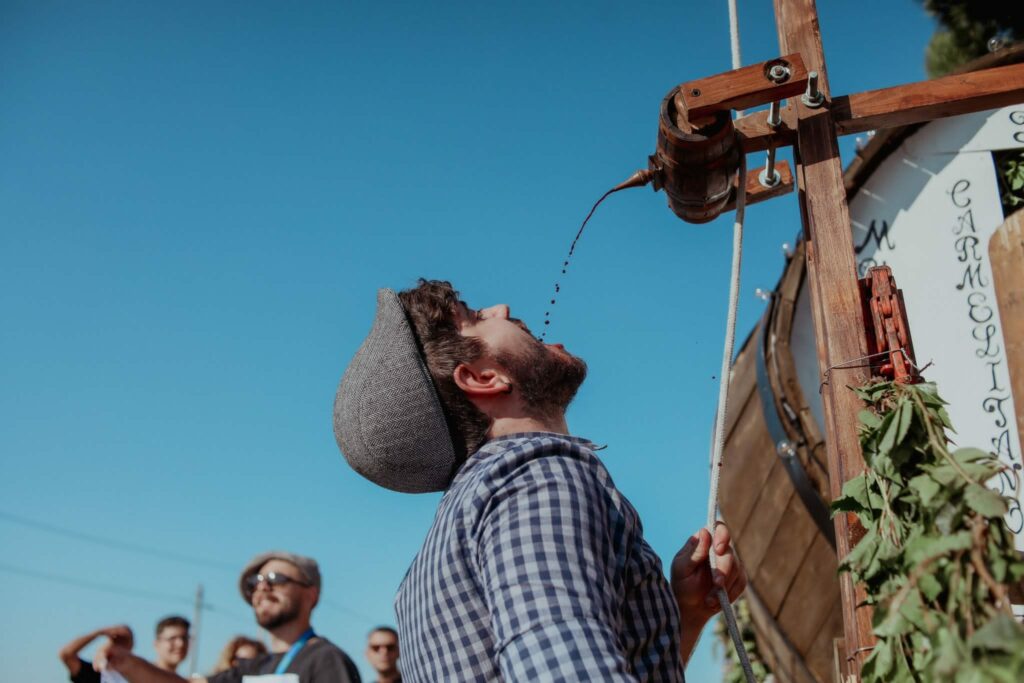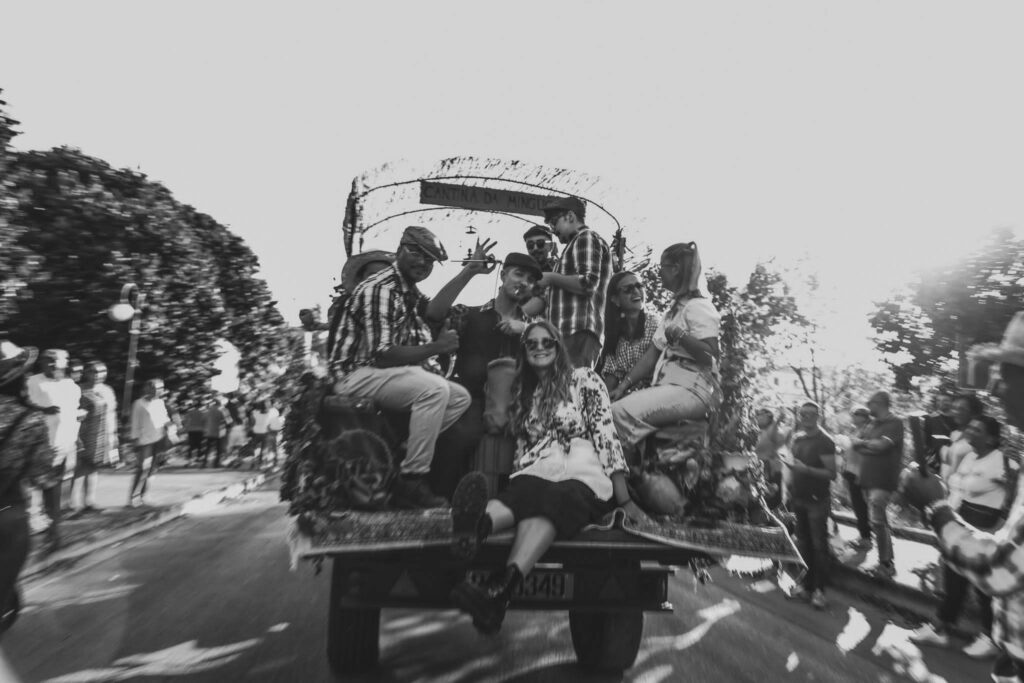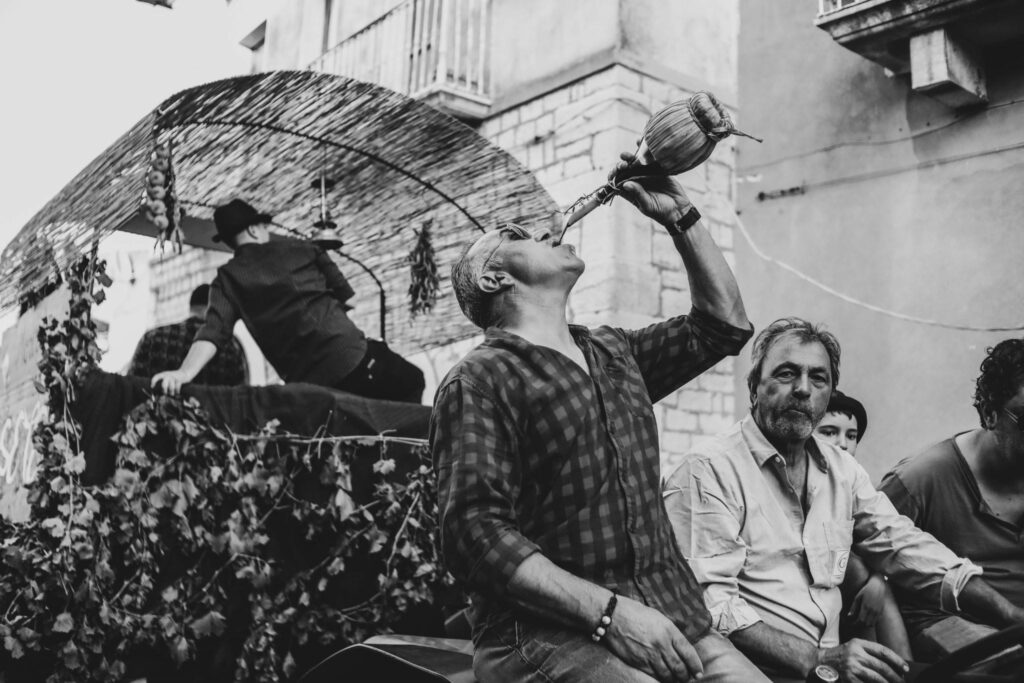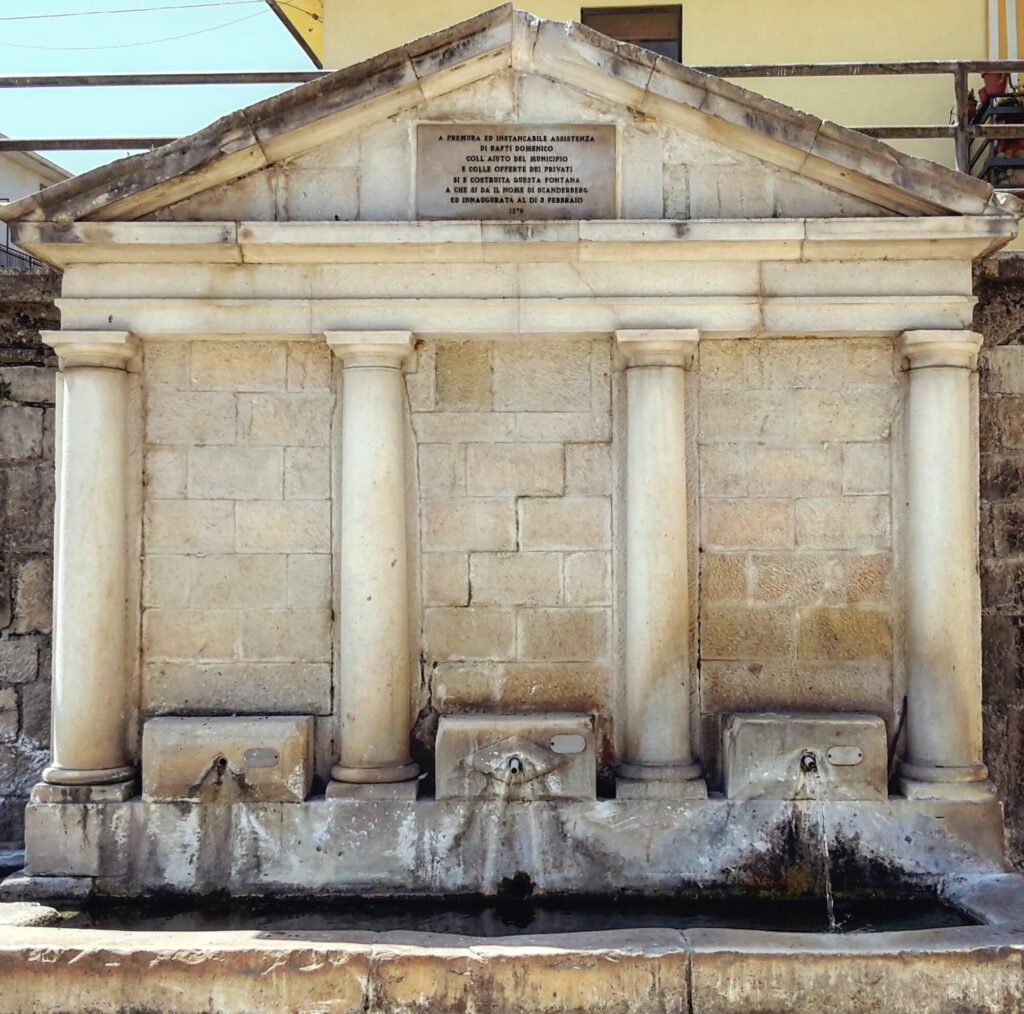The flavors of Maschito
In Maschito you cannot remain indifferent to the scent and fragrance of the baked goods, from the excellent bread, to the taralli and biscuits prepared according to a traditional processing method handed down through generations.
Original and delicious are the typical dishes of Albanian culture such as the "tumaz ma druda", tagliatelle with breadcrumbs and walnuts, prepared especially on Palm Sunday, and then the "laganelle" with milk, sugar and cinnamon, typical of the day of the Ascension, and also the "rictell cu lu gallucc filling", orecchiette with rooster ragù stuffed with offal, breadcrumbs and sugar, prepared on the day of Santa Elia, the patronal feast.
The “Cauciungiëll cu la ricotta”, ravioli with ricotta, are also excellent. Not to be missed are the second courses, such as "senapiello", fried vegetables with mackerel, prepared on Christmas Eve, and "Khmigl", snails with tomato sauce and oregano. Delicious desserts such as jam and chestnut "cushions" and black pudding tart.
Also in Maschito the wine par excellence is Aglianico del Vulture Doc.

